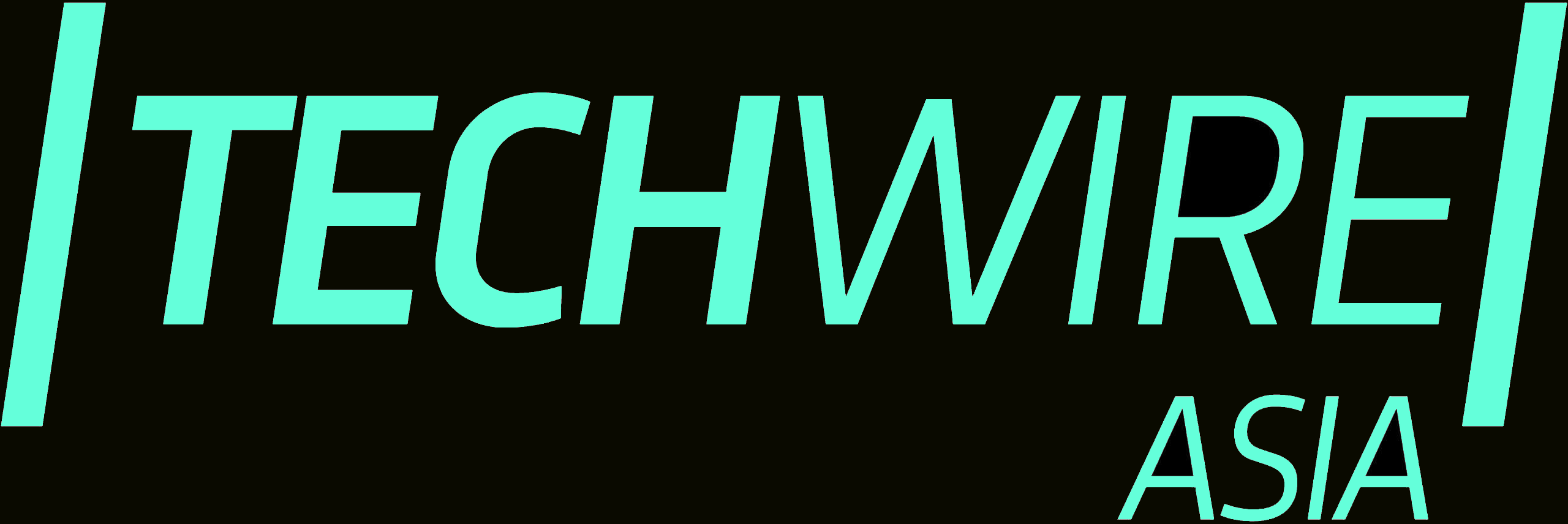- Tech giants are betting big on natural language programming.
- 41% of code on GitHub produced with AI.
- Language-based coding promises accessibility, but a complement not a replacement traditional programming.
A fundamental transformation in how we create software is underway. The arcane-to-many languages of Python, Java, and C++ – considered the gatekeepers of software development – are facing an unexpected challenge: plain English. What started as a provocative tweet from Tesla’s AI director, Andrej Karpathy, has evolved into a transformative movement reshaping how we think about programming.
The statistics are telling. According to Stability AI CEO Emad Mostaque, AI-generated code now accounts for 41% of GitHub’s content. The shift toward natural language programming is more than just speculation. It’s a measurable reality catching the attention of tech’s most prominent players.
NVIDIA’s CEO, Jensen Huang, has become one of the most vocal advocates for the transformation, a stance that will promote sales of AI-related hardware, in which he has something of a vested interest. At the World Government Summit, he articulated a vision where computing technology evolves to understand human language, eliminating the need for traditional programming. Huang’s vision isn’t just about making coding easier – it’s about fundamentally changing who can participate in software creation.
Microsoft’s strategic investment in this future, mainly through GitHub Copilot, adds substantial weight to the movement. Under Satya Nadella’s leadership, the company has aligned its tools with a broader mission of democratising software development, making it accessible to those without traditional coding backgrounds. As a secondary effect, new-generation developers will be reliant on Copilot – another vested interest to add to the mix.
But beneath the revolutionary rhetoric and rebuttals lies a more nuanced reality. While tools like GitHub Copilot and Cursor AI excel at translating English commands into at least partly-functional code, seasoned developers point to the AI generators’ limitations. Mission-critical systems and complex software architectures still benefit from the precision and control that traditional programming languages provide. It’s not about replacement, they argue, but augmentation.
The ripple effects of the beginnings of the transformation extend beyond traditional software development. Data analytics platforms that embrace natural language interfaces allow researchers and analysts to query complex datasets using conversational commands. Apache Spark’s English SDK exemplifies this trend, enabling data scientists to generate insights without writing conventional code.
However, the democratisation of programming through natural language brings its own set of challenges. As Jensen Huang points out, success in this new paradigm requires mastery of “prompt engineering” – crafting precise instructions that AI can accurately interpret.
This suggests that while the technical barriers may shift, the need for specialised skills remains. For organisations, the implications are significant. Natural language programming promises faster development cycles and reduced training costs, potentially transforming how businesses approach software development. Yet questions about scalability, maintenance, and quality in AI-generated code remain at the forefront of technical discussions.
Industry experts increasingly envision a future where natural language programming and traditional coding coexist in a complementary relationship. The hybrid approach could combine the accessibility of English commands with the precision of conventional programming languages, creating a more inclusive still-robust development ecosystem.
As we move towards the end of 2024, the transformation of programming currently under way is undeniable. The question is no longer whether natural language will play a role in coding but how to harness its potential and address its limitations. The future of programming will not be an either/or choice between English and traditional languages but a sophisticated blend that makes software development.
The real revolution isn’t just in the tools we use to code but in who gets to participate in building the digital future in software. As natural language programming evolves, it may finally deliver on the long-promised democratisation of software development – not by replacing traditional programming but by expanding the community of creators who turn ideas into reality.








